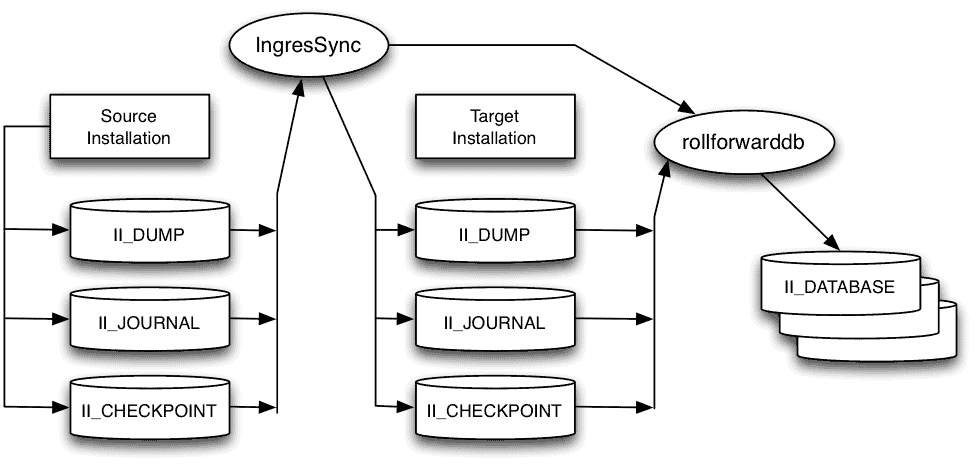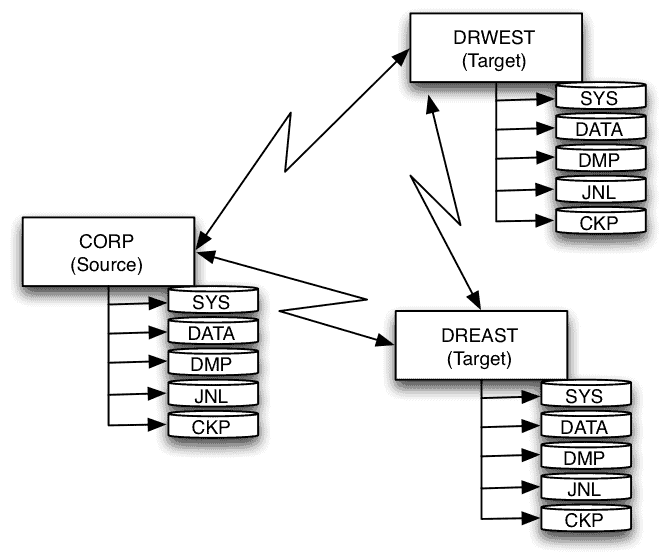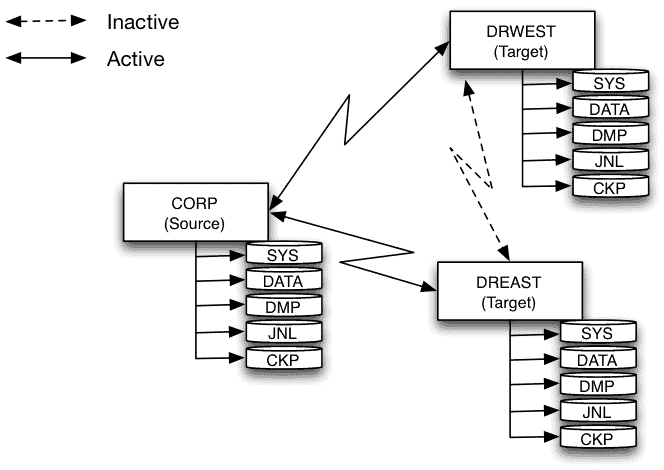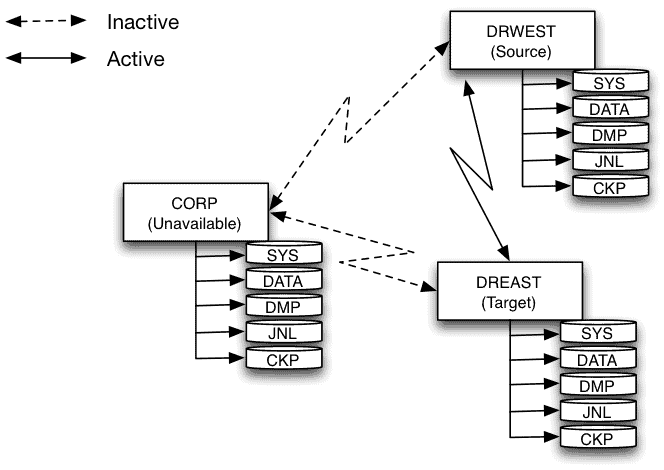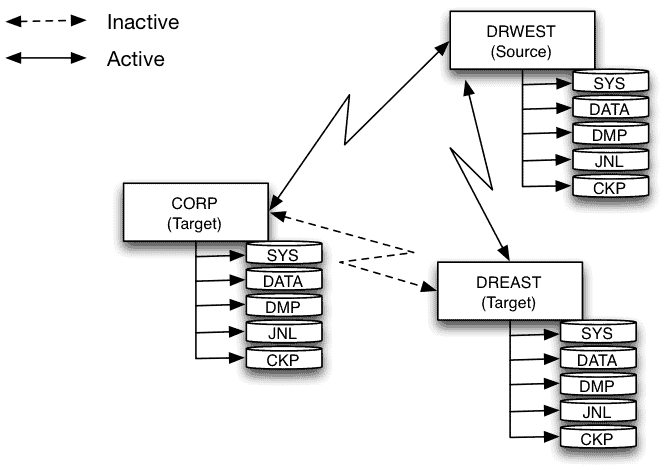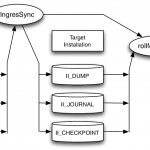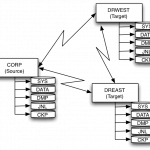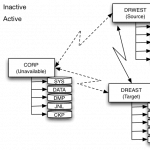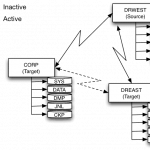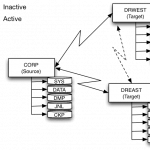Actian Ingres 12.0: Modernize Your Way – Trusted, Reliable, and Adaptable
Our trusted and reliable database delivers performance and flexibility, empowering customers to modernize at their own pace.
As the director of product management for Actian, I’m thrilled to share first-hand insights into the latest enhancements to Actian Ingres. This major release embodies our commitment to customer-driven innovation and reinforces our position as a trusted technology partner.
Actian Ingres 12.0 builds upon the core strengths that have made Ingres a go-to transactional database for decades. We’ve invested heavily in performance, security, and cloud-readiness to ensure it meets customers’ modernization needs.
Choice and Flexibility
This release is all about giving customers the power of choice. Whether you’re committed to on-premises deployments, ready to embrace the cloud, or are looking for a hybrid solution, Actian Ingres 12.0 adapts to your modernization strategy.
We have options for Lift/Shift to VM, containerization via Docker and Kubernetes, and plans for bring your own license (BYOL) on the AWS Marketplace. If customers want to take a phased approach, customers have several options. Customers can move first to Linux on-premises, then to virtual machines (VMs) in the cloud, and finally to containers. We’re here to help and want customers to know we have a cloud story to help them in their individual journey.
Core Enhancements
We understand that familiarity and reliability are crucial to our users. That’s why Actian Ingres 12.0 strengthens core capabilities alongside exciting new features. We’ve doubled down on investments in these areas to ensure that Ingres remains a database that delivers new and sustainable value; this commitment keeps it relevant for the long term.
Reliability and security are paramount for our customers. Ingres 12.0 strengthens our ability to prevent brute force and Denial of Service (Dos) cyber-attacks, and DBMS security for user privileges to better protect users, roles, and groups.
We’ve added User Defined Function (UDF) support for Python and Javascript, offering a powerful way to extend the functionality of a database or streamline processes. The use of containers offers an isolated execution environment to keep the DBMS secure.
The X100 analytics engine attracts attention for its superior performance where users have seen significant performance gains for OLAP related activities through the use of X100 tables by emphasizing their speed and efficiency.
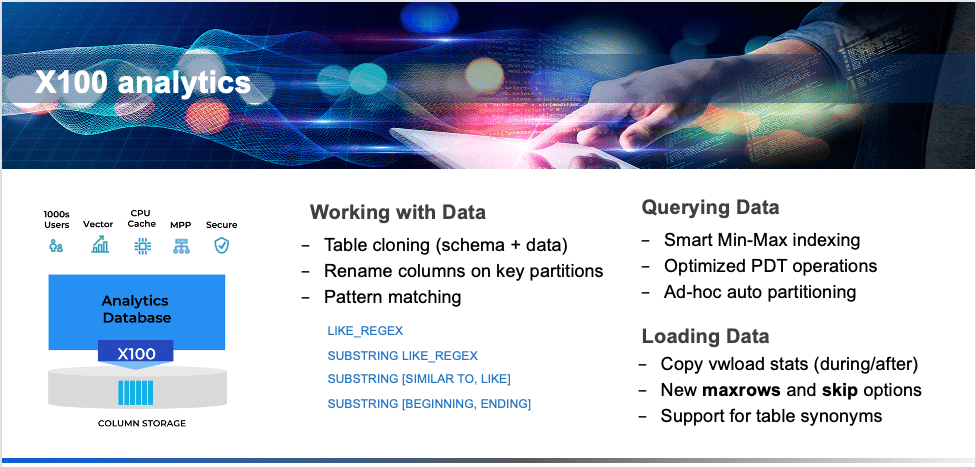
Most notably, we introduced table and schema cloning in this release. This translates into a huge savings for warehouse-oriented customers and eliminates overhead for storage and latency without data duplication. Imagine a simple SQL-based table clone command that can clone not just one, but many tables in a single executed statement, and opens new possibilities for future data sharing and analytics down the line.
Cloud Enablement
Cloud adoption can be complex, but we’re here to make the journey smooth. Migrations can be challenging, which is why we provide support every step of the way. Ingres 12.0 is more adaptive to meet current and emerging business challenges while helping customers who want to move to the cloud to do so at their own pace.
This release brings a long-awaited backup to cloud capability for Actian Ingres that appeals to most data protection strategies. For many organizations, the ability to backup and restore data as part of an off-site disaster recovery strategy is their first objective. This type of backup strengthens business continuity.
Users already deploy Ingres on Linux using Docker and leverage Kubernetes to simplify orchestration. With Ingres 12.0 we now support disaster recovery using IngresSync, a DR utility formerly only available through Professional Services. IngresSync allows users to set up a read-only standby server. Yet another reason to have more confidence stepping into the cloud knowing you can distribute workloads and have disaster recovery options.
Performance Matters
Our development team was granted 5 patents with an additional 3 currently pending. This is the type of innovation that helps to differentiate us in areas of performance optimization. These patents touched advances in User Defined Functions (UDFs), index optimization, and continued differentiation with the in-memory storage, tracking, and merging of changes stored in X100 Positional Delta Trees (PDT). This is a tremendous show of passion for perfection by our amazing developers.
We invested in additional performance testing and standardization on industry TPC-H, TPC-DS, and TPC-C benchmarks, making strides release over release, and even more so, when it comes to complex X100 queries. This release also introduces more patents. Our development team was busy submitting eight in total, with only a few yet to be granted. These types of investments uncover various edge cases and costing scenarios that we can improve so users of any workload type can benefit. Of course, mileage varies.
Customers also benefit from more efficient workload management tailored to their specific business needs. Workload Manager 2.0 offers the capability to establish priority-driven queues, enabling resources to be allocated based on predefined priorities and user roles. During peak workload periods, the system can intelligently handle incoming queries by prioritizing specific queues and users, guaranteeing that important tasks are handled promptly while upholding overall system performance and efficiency.
For example, if business leaders require immediate information for a quarterly report, their queries are prioritized accordingly. Conversely, in situations where real-time transactions are crucial, prioritization is adjusted to maintain system efficiency.
Modernize With Confidence
Modernizing applications can be daunting. OpenROAD, a database-centric rapid application development (RAD) tool for developing and deploying business apps, continues to make this process easier with improvements to abf2or and WebGen utilities shipped with the product.
Empowering customers to transform their apps and up-level them for the web and mobile helps them stay current in a rapidly evolving developer space. This area of work can be the most challenging of all but having the ability to convert “green screen” applications to OpenROAD, and then on to web/mobile is a great starting point.
OpenROAD users can expect to see a new gRPC-based architecture for the OpenROAD Server. This architecture helps to reduce administration, enhance concurrency support, and is more lightweight because of its use of HTTP/2 and protocol buffers. Our developers were excited to move forward with this project and see it as a big jump from COM/DCOM.
The new gRPC architecture is also microservices-friendly and able to be packaged into a separate container. Because of this, we’ve got our sights set on containerized deployment of the Server in the cloud. In the meantime, we’ve distributed Docker files with this release so that customers can do some discovery and exploration.
Driven by Customer Feedback
Actian Ingres 12.0 can help customers expand their data capabilities footprint, explore new use cases, and reach their modernization goals faster. We’ve focused on enabling customers to strategically grow their business using a trusted database that keeps pace with new and emerging business needs.
We want customer feedback as we continue to innovate. Many of the database enhancements are based on direct customer input. We talked with users across industries about what features and capabilities customers like, and what customers wanted to see added. Their feedback was incorporated into our product roadmap, which ensures that Ingres continues to meet their evolving requirements. Plus, with our commitment to best-in-class support and services, every customer can be assured that we’re here to help them, no matter where customers are on their modernization journey.
Ingres is more than just a database. It’s a trusted enabler to help customers become future-fit and innovate faster without barriers. Whether you’re up leveling your version to 12.0 for the new capabilities and improvements, migrating to the cloud, modernizing applications, or leveraging built-in X100 capabilities for real-time analytics against co-located transactional data, Ingres 12.0 has something for everyone.
Resources
- Read the Actian Ingres 12.0 Launch blog for more detailed information about the latest release.
- Explore Actian Ingres 12.0 in Actian Academy, watch the “What’s New” video.
- Read the Actian Ingres 12.0 Press Release.
The post Actian Ingres 12.0: Modernize Your Way – Trusted, Reliable, and Adaptable appeared first on Actian.
Read More
Author: Douglas Dailey

